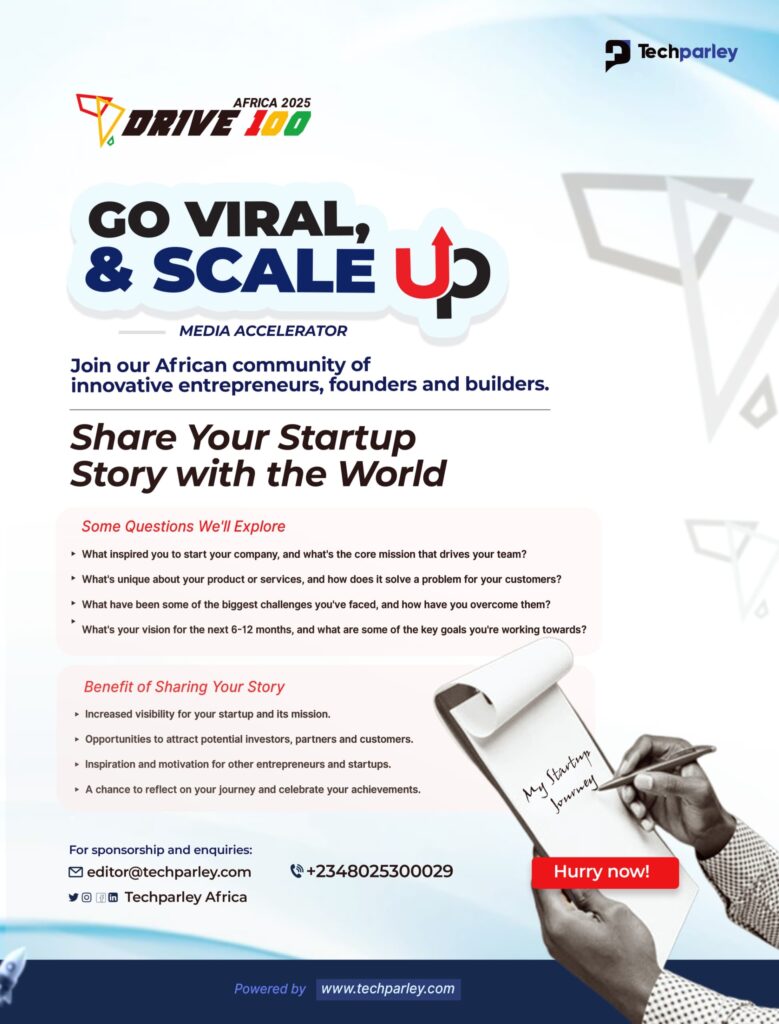Amid the civil war in Sudan, Solar Foods, a Kassala-based social enterprise, is using solar-powered food dryers to prevent post-harvest losses and support farmers cut off from markets.
Founded by Alaa Salih Hamadto, the company is helping thousands of smallholder farmers; many of them women displaced by conflict, to process and export dried foods using renewable energy.
What began as a small pilot has grown into a nationwide lifeline. Today, over 5,000 farmers and 40 cooperatives partner with Solar Foods to produce solar-dried onions, garlic, okra, and tomato flakes, keeping rural incomes alive.
“My father used to say, ‘We have sunlight more than anything else,’” Hamadto recalls. “I wanted to validate his technology through food science and prove that it could be commercial.”
What You Should Know
According to Hamadto, the idea behind Solar Foods stretches back to the 1980s, when her father, a senior scientist at the UK Atomic Energy Authority, designed Sudan’s first tunnel and greenhouse solar dryers. He saw the country’s abundant sunlight as its greatest untapped resource.
“My father’s dream showed me that innovation isn’t about complex machines. It’s about solving local problems with what we already have,” she said.
Decades later, she transformed his prototype into a viable business. After leaving her job as a dentist, Hamadto says she spent three years testing food safety standards, refining the dryers, and building a small technical team. In 2017, she formally launched Solar Foods, funding it with her personal savings.
“I even sold my gold to raise funds,” she says. “Every cent went into packaging and marketing to show that solar-dried foods could be safe, consistent, and desirable.”
How the Technology Works
Solar Foods’ dryers are built on simple but efficient technology. Each unit uses solar heat for 80–90% of its energy, while small solar panels power fans and sensors that regulate temperature and humidity.
Unlike traditional sun drying, which exposes produce to dust and contamination, Solar Foods’ enclosed dryers preserve nutrients, colour, and flavour. The method is cheaper and more sustainable than diesel or electric drying systems, making it suitable for off-grid rural use.
Before the war, Solar Foods says it had integrated IoT monitoring via 4G connectivity, but the conflict disrupted that network.
Building a Resilient Business
By 2021, Solar Foods had grown into a social enterprise. The company enforces HACCP and Good Manufacturing Practices (GMP) across all operations, ensuring export-ready standards.
Hamadto revealed that many of its cooperative leaders are women displaced by war who have been trained to operate dryers, manage agribusinesses, and access finance.
Thirteen cooperatives have now registered formal businesses for the first time, unlocking more than $100,000 in funding.
The company’s innovation recently earned Hamadto the 2025 Bayer Foundation Women Empowerment Award, spotlighting her as one of Africa’s most resilient female entrepreneurs.
Adapting to War
When fighting erupted in April 2023, Hamadto revealed that Solar Foods’ Khartoum office was destroyed. Instead of shutting down, the company decentralised operations to Kassala and introduced mobile solar drying units that can operate independently of national power or transport systems.
“It’s ironic that in war, we finally had room to grow. We were first movers who dared to work under bombs. Big companies and businessmen were hesitant. Before, we couldn’t get enough help, but now they consider me a brave entrepreneur,” Hamadto said.
Today, Solar Foods operates six dryers in Kassala, including three dedicated to a falafel ingredient line that processes up to six tonnes of produce daily.
Hamadto now seeks $750,000 in blended financing to build a new 1,000-square-metre warehouse and packaging facility in Kassala, replacing infrastructure lost to the conflict.
Looking ahead, Solar Foods aims to reach 50,000 farmers through a network of solar agro-processing hubs across Sudan, exporting to Gulf and European markets. The company is also collaborating with humanitarian agencies to supply dried foods to displaced communities and hospitals.
Talking Points
It is remarkable how Solar Foods has managed to build a sustainable agribusiness model in the midst of Sudan’s civil war, showing that innovation can thrive even under the most difficult conditions.
The company’s use of solar-powered drying technology directly addresses one of Sudan’s biggest agricultural challenges; post-harvest losses caused by heat, transport disruptions, and lack of refrigeration.
At Techparley, we see Solar Foods as a compelling example of resilience-driven innovation, where renewable energy, technology, and social enterprise intersect to create both livelihood and climate impact. The model demonstrates how Africa’s abundant sunlight can be harnessed to secure food systems sustainably.
With the right partnerships and funding, Solar Foods could redefine what food security looks like in fragile contexts, turning sunlight into both sustenance and hope.






